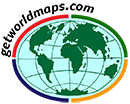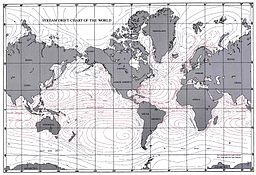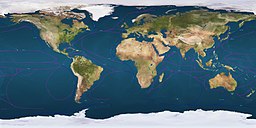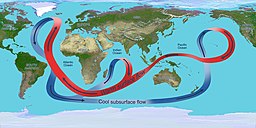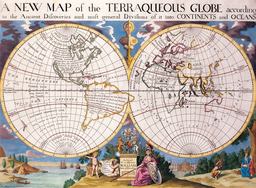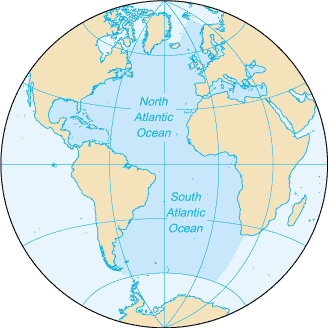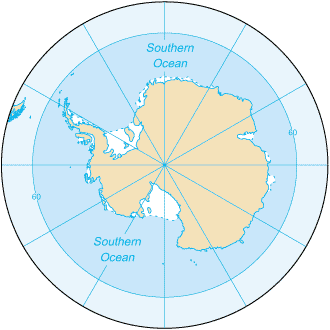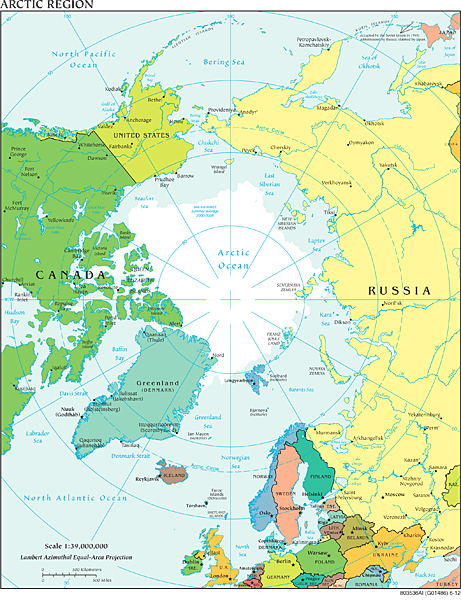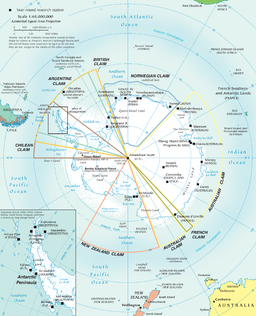Ocean map shows the location of all the oceans and other major water bodies. The oceans are actually one huge body of water. The ocean names and boundaries were decided over time for historical, cultural, political and scientific reasons.
Earth is one wet planet – about 70 percent of it is covered with water! Almost all of that water is in our oceans, which are critical to life on Earth. The world has five oceans: the Atlantic, pacific, Indian, Arctic and Southern (or Antarctic) oceans. There are also smaller bodies of water called seas. Seas are usually connected to oceans by channels of water.
The word ocean comes from the figure in classical antiquity, Oceanus (/oʊˈsiːənəs/; Greek: Ὠκεανός Ōkeanós, pronounced [ɔːkeanós]), the elder of the Titans in classical Greek mythology, believed by the ancient Greeks and Romans to be the divine personification of the sea, an enormous river encircling the world.
Though generally described as several separate oceans, the global, interconnected body of salt water is sometimes referred to as the World Ocean or global ocean. The concept of a continuous body of water with relatively free interchange among its parts is of fundamental importance to oceanography.
The major oceanic divisions – listed below are defined in part by the continents, various archipelagos, and other criteria.(https://en.wikipedia.org/wiki/Ocean)
